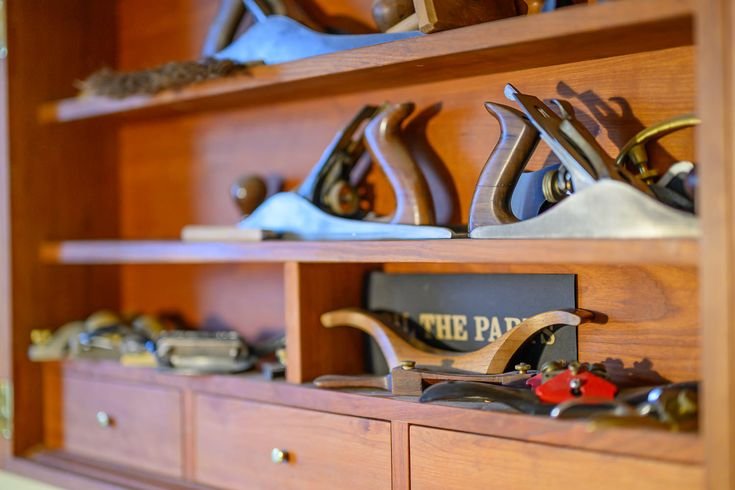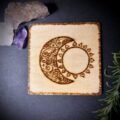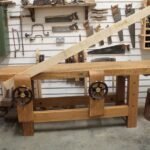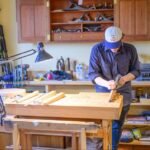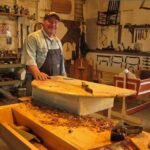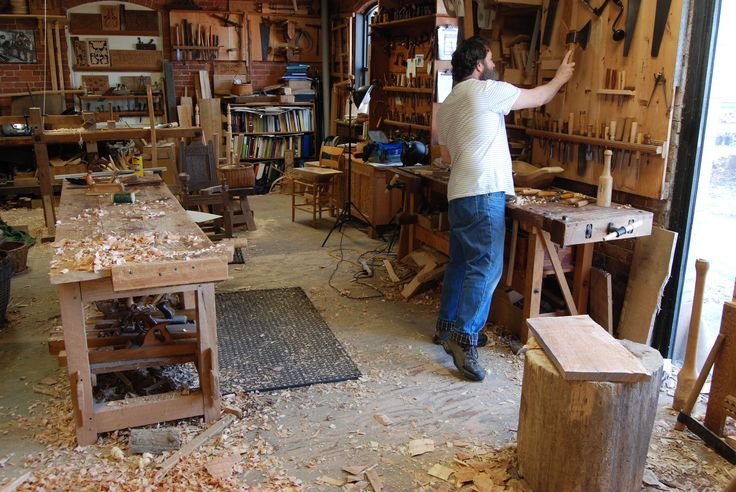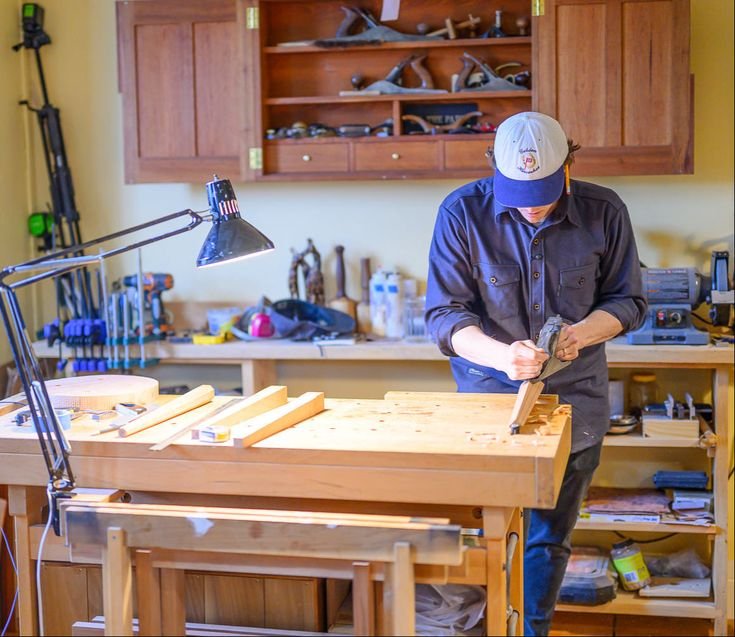A Cutlist, Coffee, and Chaos: My Woodworking Journey
So, there I was, sitting in my garage with a half-drunk cup of coffee—a bit lukewarm now, but hey, it’s the thought that counts, right? The smell of freshly cut pine still hung in the air, mixed with that unmistakable scent of sawdust. It was kind of perfect, really. The sun was shining through the cracks in the garage door, but little did I know, I was about to dive headfirst into a woodworking nightmare—or maybe just a learning experience, as I like to call them now.
The project? A simple bookshelf for my daughter. Nothing fancy, just something to keep her countless books off the floor—or rather, her endless collection of fairy tale books, which were currently decorating her room like confetti. I had a vision in my head. I could almost see it standing tall in the corner, bright and sturdy, holding her stories like a guardian of imagination.
But first, the cutlist.
Planning Missteps
I figured, “How hard can it be?” I mean, I’ve built a few things here and there—some garden boxes, a deck bench, even a coffee table. I had a cheap miter saw and a drill that sometimes justified itself by actually working. But as for a cutlist, well… that was a whole new ball game for me. I scribbled down some dimensions that made sense to me at the time—maybe a little too hastily, like I was racing against the clock.
The next day, I headed to the lumber yard, a quaint little place down the road. The smell of fresh cedar hit me as soon as I walked in, which, if you haven’t experienced it, is like walking into a candy store if you’re a woodworker. I grabbed some 1×12 boards, thinking they’d do the trick. They felt solid in my hands, and the grains were beautiful. A perfect start, I thought.
But let me tell you, folks, after I got home and started cutting those boards, reality hit. You know that moment when you realize you measured something wrong, but it’s too late? Yeah, that happened. Turns out, my cutlist was a tad off. I had a mix of inches and centimeters in my head, and all of a sudden, my “perfect” bookshelf was shaping up to be a lopsided pile of lumber.
The Aha! Moment
I almost gave up when I saw my first two pieces were too short. I stood there, staring at them like they were traitors, thinking, “How did you let me down like this?” But then—I took a breath, poured another cup of coffee, and decided to regroup. It’s amazing how a little caffeine can clear the fog.
So I sat back down with my crumpled notes and started measuring again. This time, I took my time, retracing my steps like a detective. It was quiet in the garage except for the occasional creak of the wooden floorboards. I felt like I was back in high school math class, trying to make sense of the numbers, but a lot more fun because, you know, it was my wood!
That’s when I figured out that keeping it simple was the way to go. I decided to rely less on my scribbles and more on my own eyeballs. I broke out the square—a trusty tool that I had neglected in my previous hubris—and measuring tape. It was delightfully satisfying to see the pieces start lining up just right. I chuckled out loud when a few fittings actually worked after I followed my own cutlist this time.
The Realization
The whole process made me realize something fundamental about woodworking—and life, for that matter. Planning is great, but flexibility is where the real magic happens. I still had a decent amount of wood left from my initial trip to the lumber yard (great decision not to skimp on it), and I realized that sometimes the best creations come from rearranging the pieces you thought you had to work with.
After figuring it all out, there’s something so gratifying about driving those screws into the last piece, seeing it all come together. When I stood back to look at the finished bookshelf, it wasn’t perfect. There were a few tiny gaps where I didn’t quite match up the cuts, and you could definitely tell it was handmade. But honestly? I wouldn’t have had it any other way. Each imperfection was a reminder of the journey—the mistakes, the little victories, and the moments of doubt.
Warm Takeaway
So, if you ever find yourself in a similar situation—maybe staring at a pile of wood with a coffee cup in hand and a question mark in your head—just remember: go easy on yourself. If you’re thinking about trying your hand at woodworking, go for it! You’re going to make mistakes, and that’s part of the craft. Embrace the chaos and don’t forget to enjoy the smell of the wood and the satisfaction of creating something, even if it doesn’t turn out exactly as planned.
After all, those little quirks in your projects make them uniquely yours. And who doesn’t love telling the story behind that quirky bookshelf that now holds all those cherished stories?

